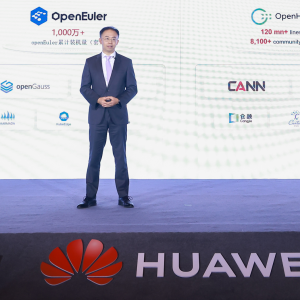Systems software and a communications library from Norwegian developer Scali AS underlies the new high-performance computer (HPC) line unveiled by German manufacturer Siemens AG at the recent CeBIT fair in Hannover.
Einar Rustad, director of marketing and operations at the Oslo-based company, said it came into existence in the latter part of 1997, having been spun out of the local Konigsberg group, which still owns a 49% stake, with the Norwegian Industrial Fund and the management controlling the rest.
Scali delivered 17 high-performance computer systems last year, with all but two of them being on hardware the company itself provided, namely generic boxes on which it placed its own logo. The advantage of our system is that it can use a lot of commodity hardware, which gives it a better price performance than competing high-performance computers, Rustad claimed.
On the other hand, the other two systems were the basis for what would become SiemensÆ new HPC line, which it is marketing as a cheaper alternative to the Fujitsu high-performance machines it also sells.
We first delivered a 64-processor system with 300MHz processors, then a 192-processor one with 450MHz processors, Rustad explained. The new HPC line was unveiled at CeBIT with a æstarter kitÆ 16-processor model featuring 450MHz processors. Rustad said that the system was developed for traditional high-performance applications in the scientific arena, but there are also commercial ones for heavy number crunching. He added that the companyÆs revenues came to $2.8m last year and are expected to be around $5m this year.






